Leica M (Typ 240): Leitz Tele-Elmar 135mm f/4
Further Acquisition for the M-Mount Unit | Body with Lens Attached | Some Technical Data | Color Shading and Vignetting | Sample Images | Close-Up Behavior | Conclusions | Links
Archive
I bought most of my M-mount (and M39) lenses for use with the Ricoh GXR M-mount expansion unit, at which they are used with a crop factor of 1.5 x. But I always wanted to also use these lenses "as intended" and was therefore looking for a full-frame camera body for quite some time. Finally, at the end of October 2015, I purchased a used Leica M (Typ 240) as the "body" for my M-mount lenses. On these pages you can find my first personal experiences with the lenses at the Leica M (Typ 240). This page is devoted to the Leitz Tele-Elmar 135mm f/4 lens, my longest M-mount lens.
All lens pages: Voigtländer 15mm f/4.5 | Voigtländer 15mm f/4.5 III | Zeiss Biogon 21mm f/4.5 | Leica Elmarit-M 21mm f/2.8 ASPH. | Leica Elmar-M 24mm f/3.8 ASPH. | Voigtländer 25mm f/4 (M39) | Minolta M-Rokkor 28mm f/2.8 | Zeiss Biogon 35mm f/2.8 | Zeiss Sonnar 50mm f/1.5 | Voigtländer 75mm f/2.5 (M39) | Leitz Hektor 85mm f/2.5 (M39) | Leitz Elmar-C 90mm f/4 | Leitz Tele-Elmarit-M 90mm f/2.8 | Leitz Tele-Elmar 135mm f/4
Further Acquisition for the M-Mount Unit
At the beginning of July 2012, I bought a Leitz Tele-Elmar 135mm f/4 (model number 11851; built from 1965 to 1990; serial number 2046827 = 1964) at ebay (from a dealer at fixed price - 449 + 6 EUR) to have a longer tele lens in my M-mount lens collection. This lens was fairly cheap for a Leica lens at that time and it still is.
 |
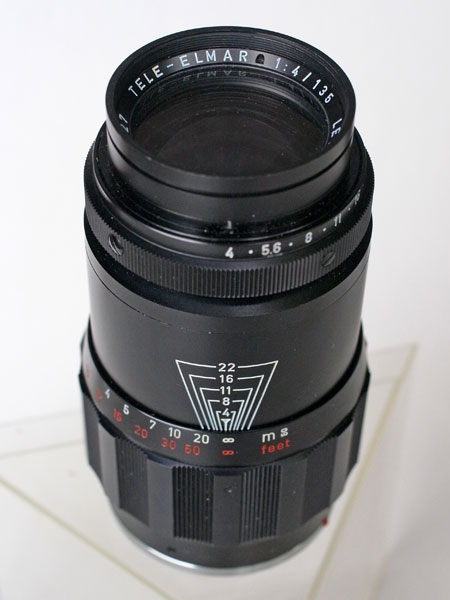 |
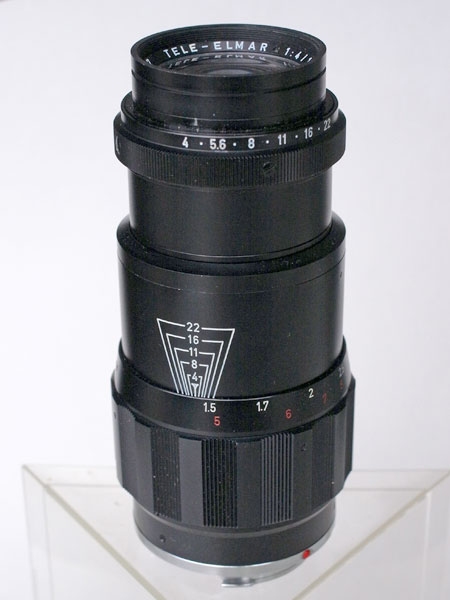 |
 |
Figures: Leitz Tele-Elmar 135mm f/4 lens - set to infinity (left half) and to 1.5 m (right half)
Body with Lens Attached
 |
||
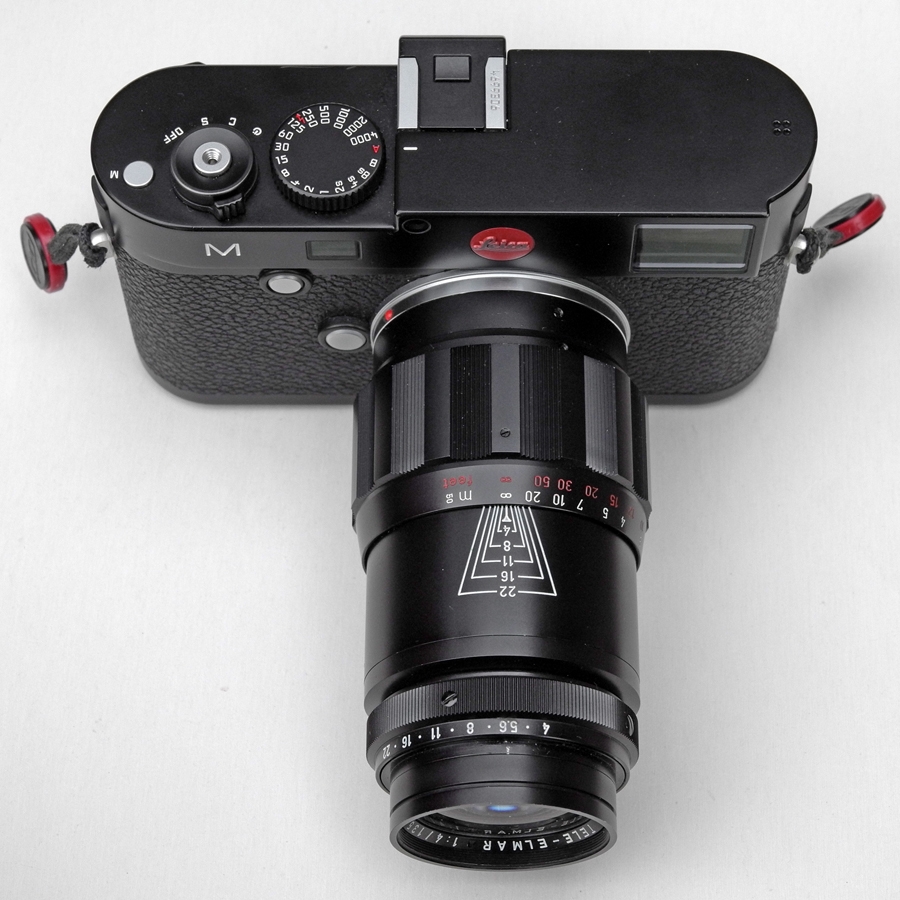 |
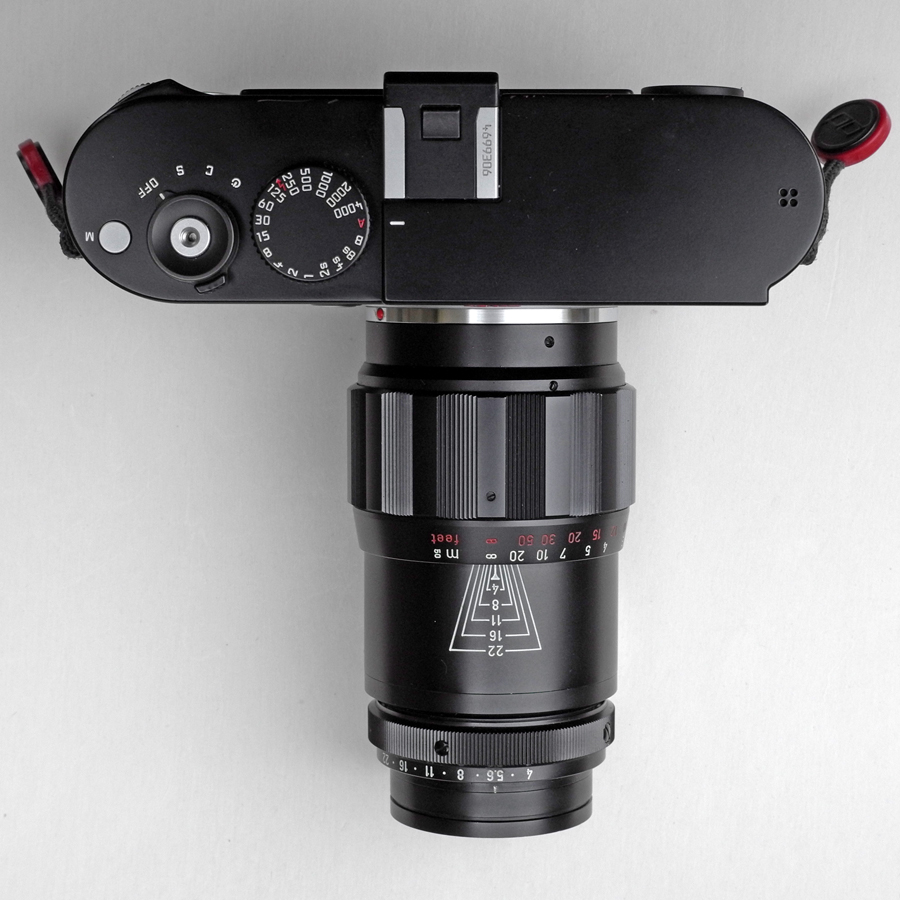 |
Photos: Leica M (Typ 240) with Leitz Tele-Elmar 135mm f/4 lens
Some Technical Data
| Data | Leitz Tele-Elmar 135mm f/4 |
| Model number | 11851 |
| Focal length | 135 mm |
| Angle of view (35mm film) | 18° diagonal |
| Maximum aperture | 4 |
| f-stop range | 4-22 |
| Number of iris blades | 10 |
| Number of lenses/groups | 5/3 |
| Shortest distance | 1.5 m |
| Weight | 505/510/550 g (495 g on our own scales) |
| Length | 112 mm |
| Maximum diameter | 59 mm |
| Filter thread | 39 mm |
| Lens hood | does not have one; lens hood 12575 can be used; folding rubber hood 11250 can also be used (I can use the rubber hood from my Elmar-C) |
| Smallest object field; magnification | 220 x 330 mm / 1:9* (technica data); 330 x 220 mm / 1:9.2 and 368 x 245 mm / 1:10.3 (calculated); 297 x 199 mm / 1:8.3 (from photo) |
*) From technical data; I calculated a magnification of about 1:10.
Color Shading and Vignetting
At the end of November 2015, I did a more systematic investigation into color shading and vignetting, which was also meant to provide (at least, preliminary) calibration images to be used with the CornerFix application for removing color shading (see below). I followed the recommendations for calibration images, set exposure compensation to +1, and used the lenses' maximum aperture as well as f/8. Distance was set to infinity to smooth out irregularities in a white cardboard (actually, a large calendar) that I photographed (the sun was covered). Last, but not least, I included three more manual lens settings in the shots just to check the results for these lenses as well. Each shot was done twice to make sure that the conditions were consistent.
This investigation confirmed the first impressions in most aspects. Here are the results for the Leitz Tele-Elmar 135mm f/4 (11851):
| Lens Detection Option, Selected Lens | f/4 | f/8 |
| "Off" None |
 |
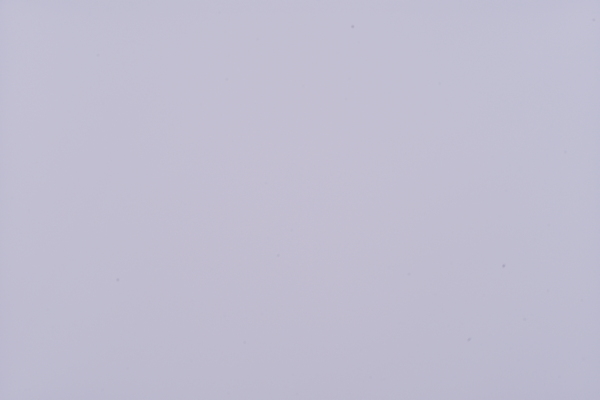 |
| "Off" None |
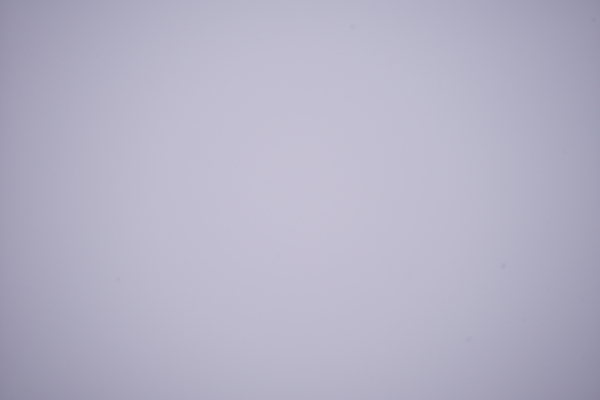 |
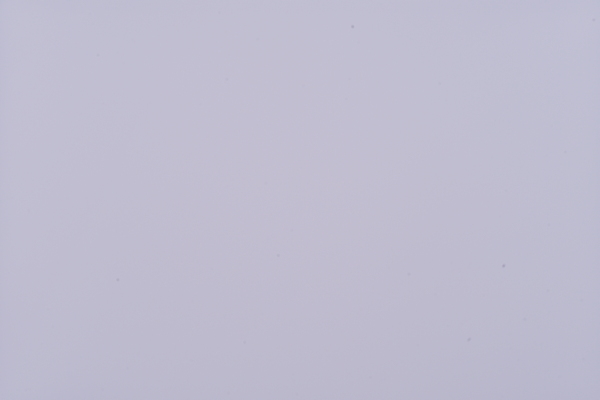 |
| "Manual" Leitz Tele-Elmar 135mm f/4 11851 |
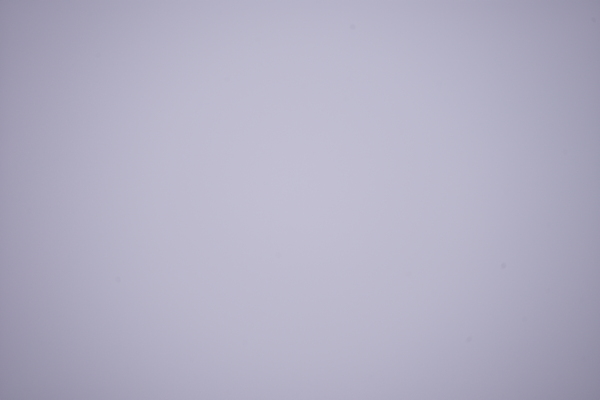 |
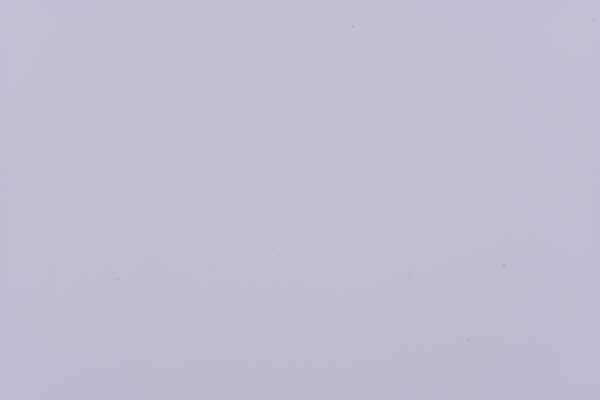 |
| "Manual" Leitz Tele-Elmar 135mm f/4 11851 |
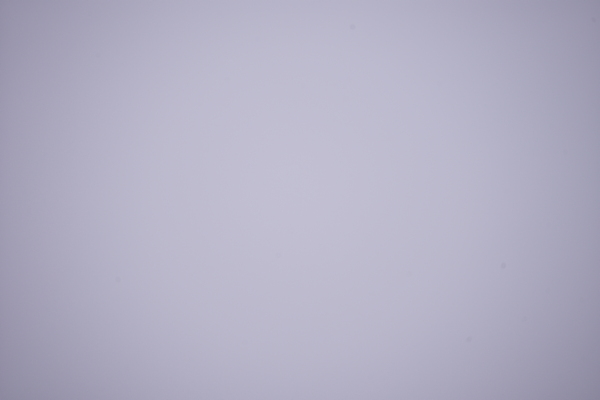 |
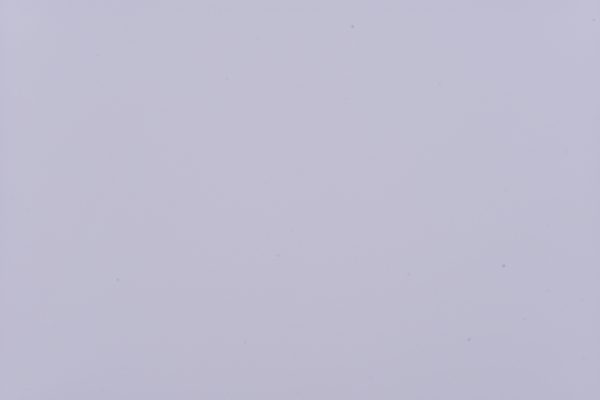 |
Photos: Calibration shots with Leitz Tele-Elmar 135mm f/4 (11851)
There is practically no color shading and only slight vignetting wide open. The manual setting to the very same lens is practically without any effect. Thus, selecting the Leitz Tele-Elmar 135mm f/4 (11851) from the manual list seems to be only good for having correct Exif data.
Conclusion: This lens can be used with "Lens Detection" set to "Off".
My current status: "Lens Detection" set to "Off".
Sample Images
Below are a first few samples taken with the Leitz Tele-Elmar 135mm f/4 lens (click the images to view the unprocessed original files in a new window).
 |
 |
|
 |
 |
|
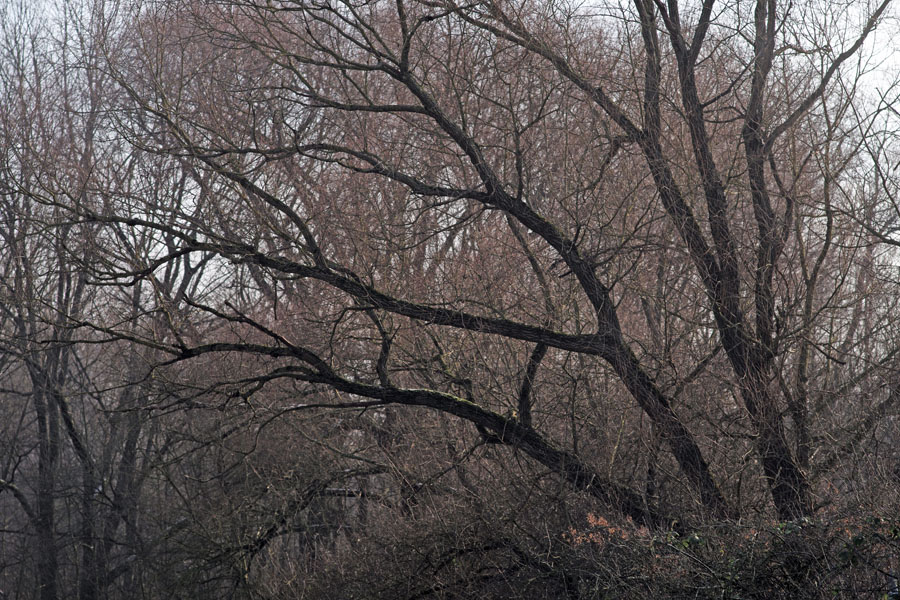 |
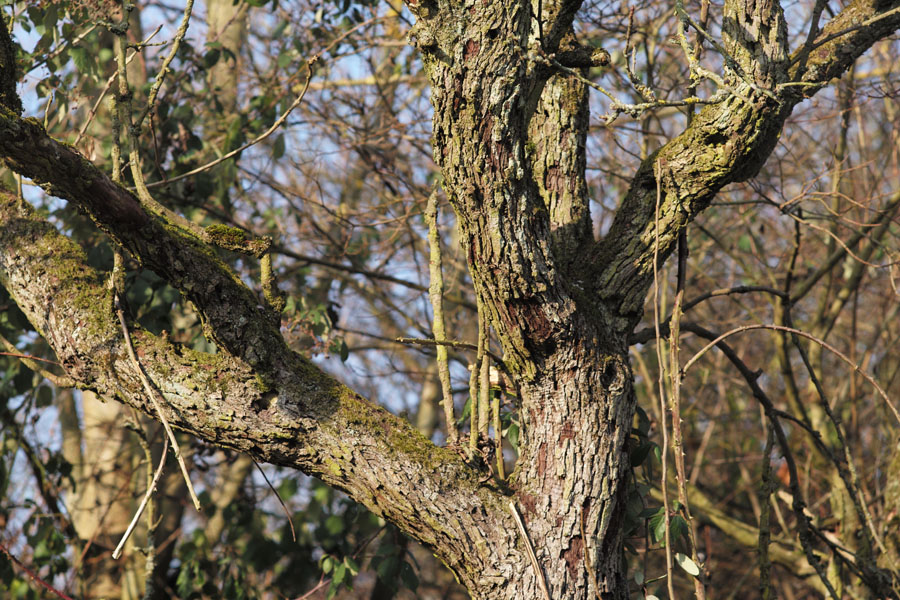 |
|
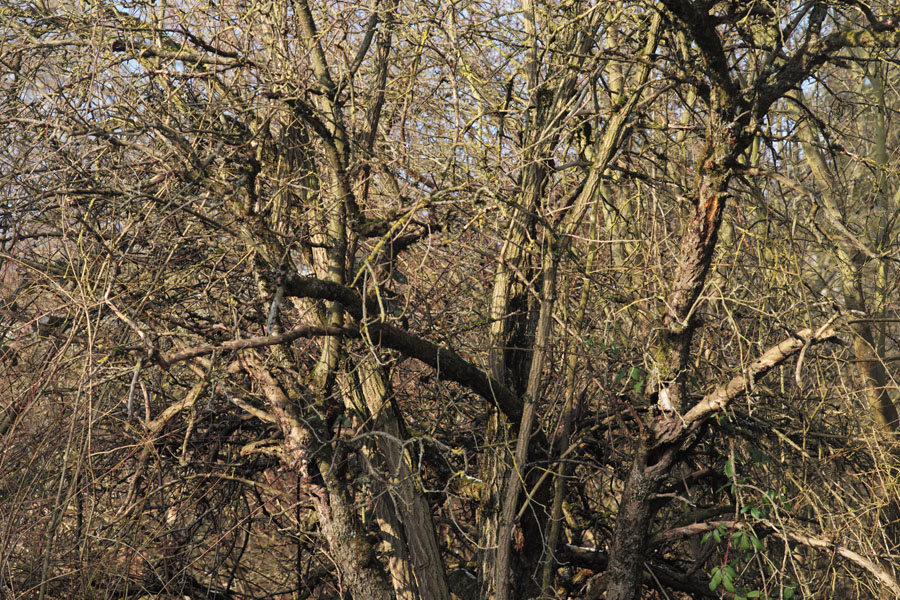 |
 |
|
 |
 |
|
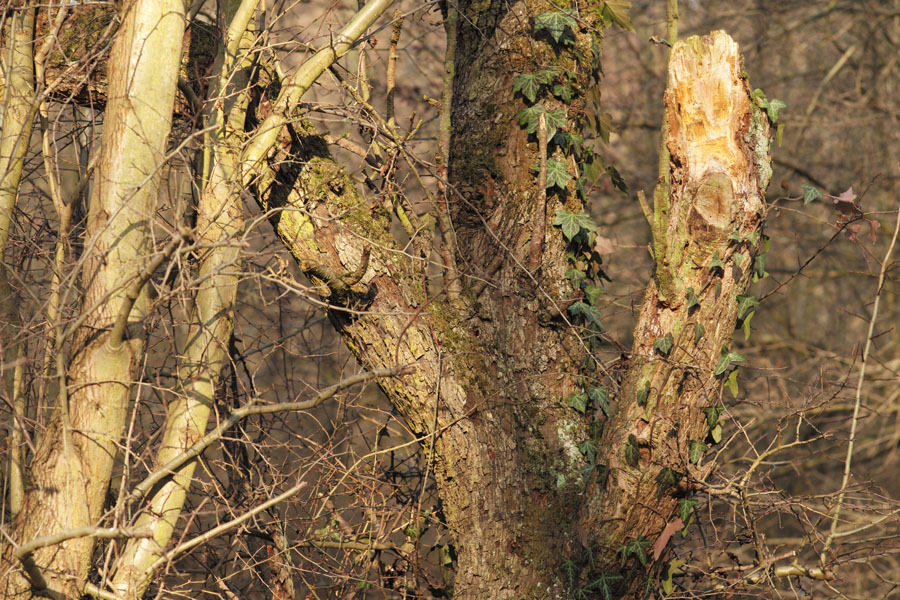 |
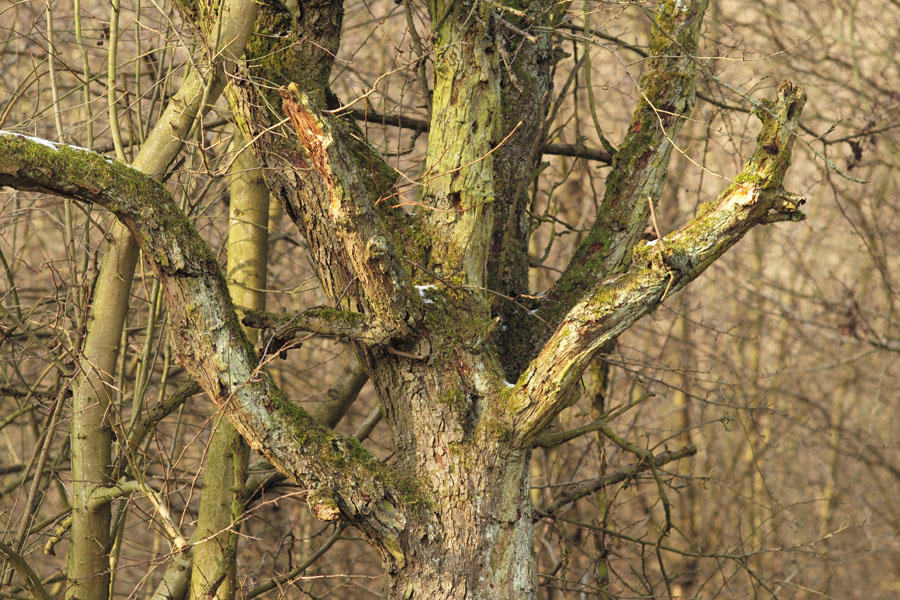 |
|
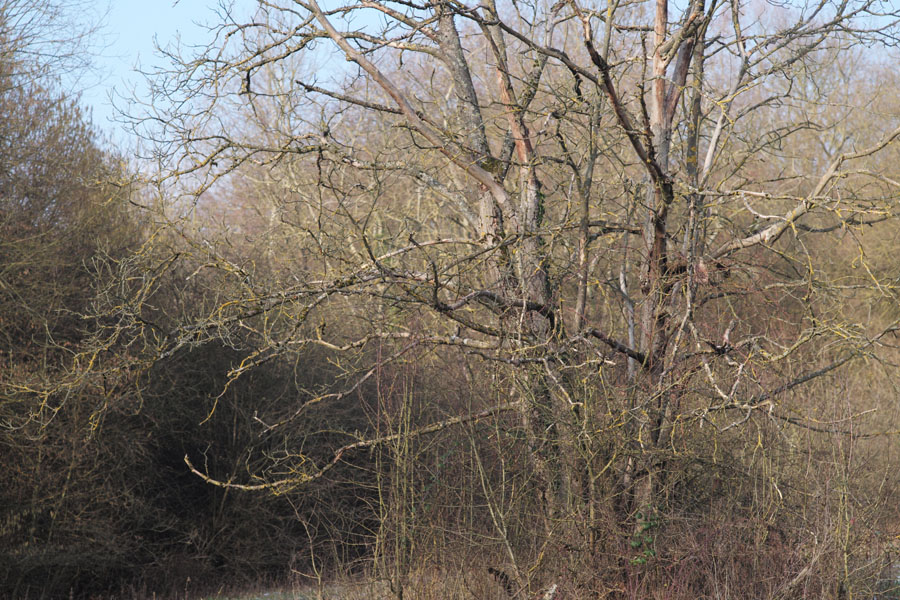 |
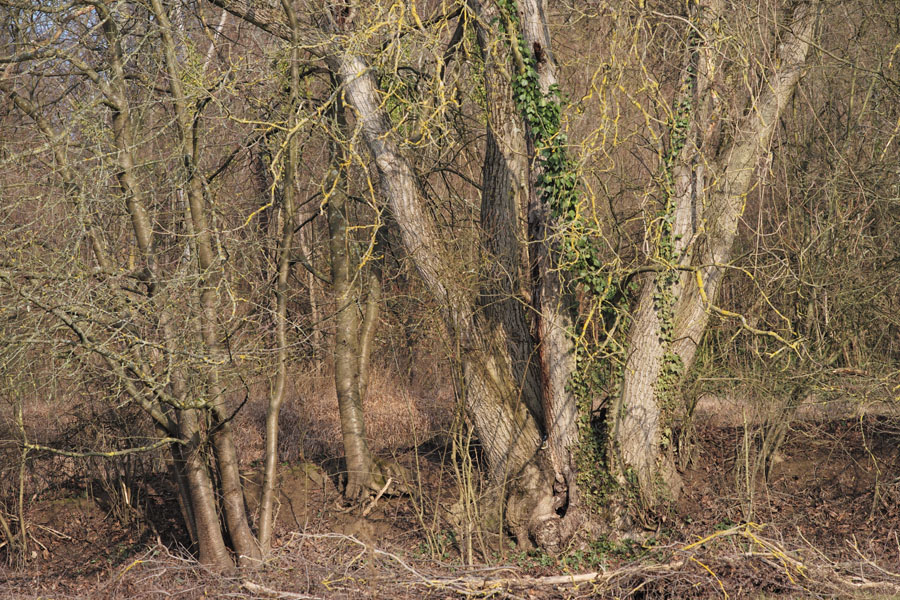 |
|
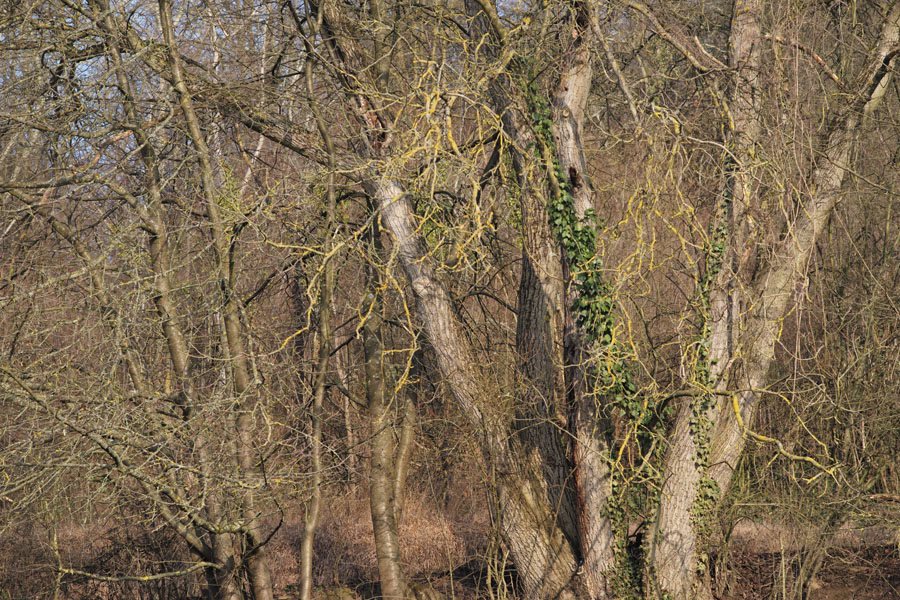 |
 |
|
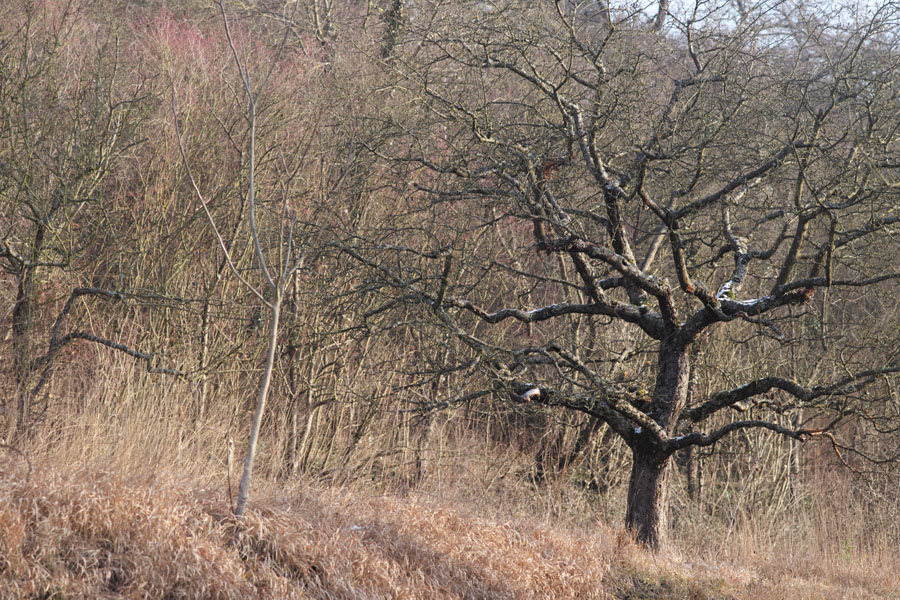 |
 |
|
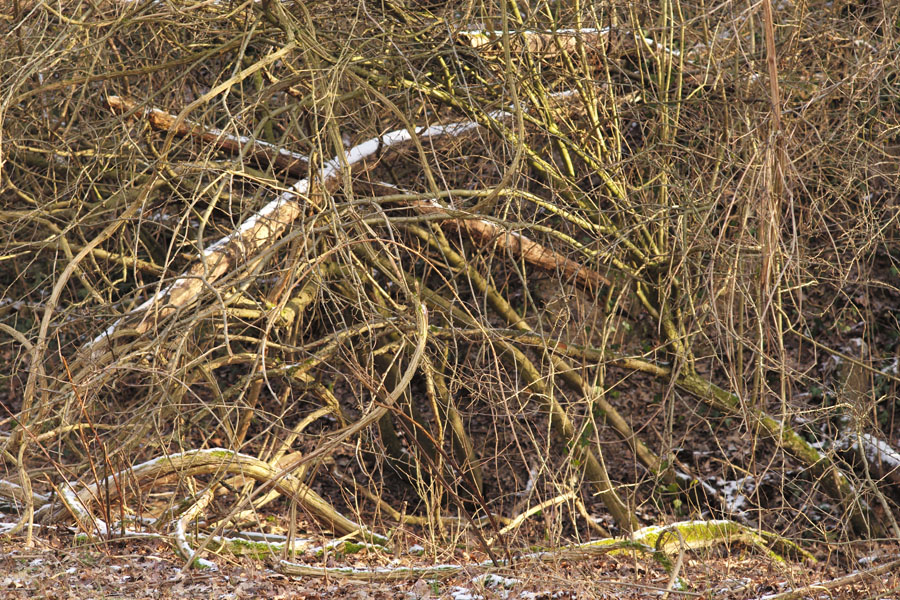 |
 |
|
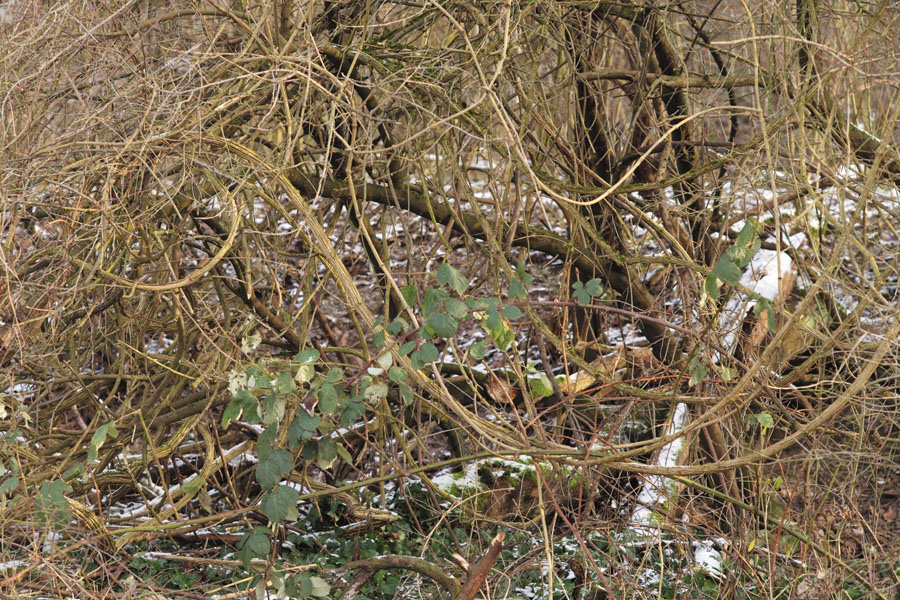 |
 |
|
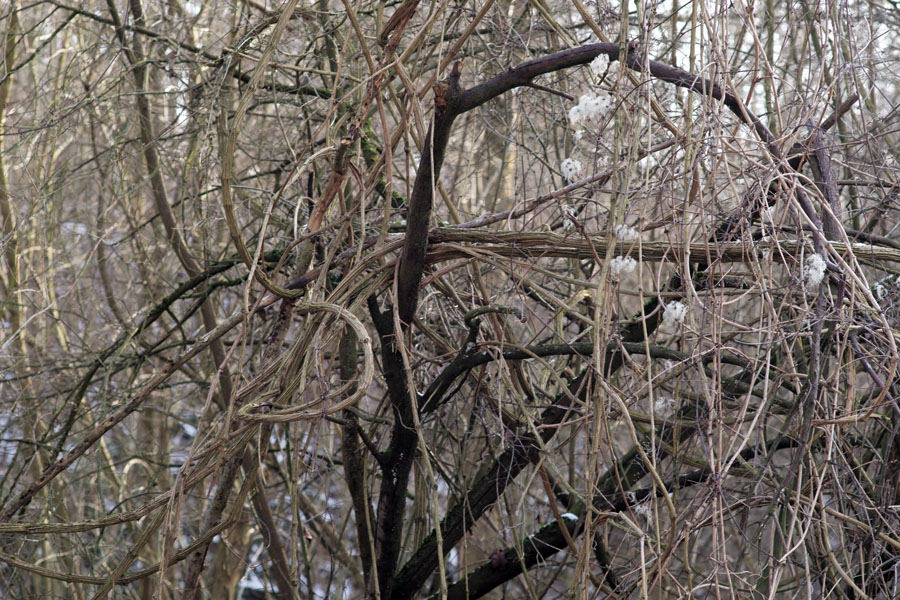 |
 |
|
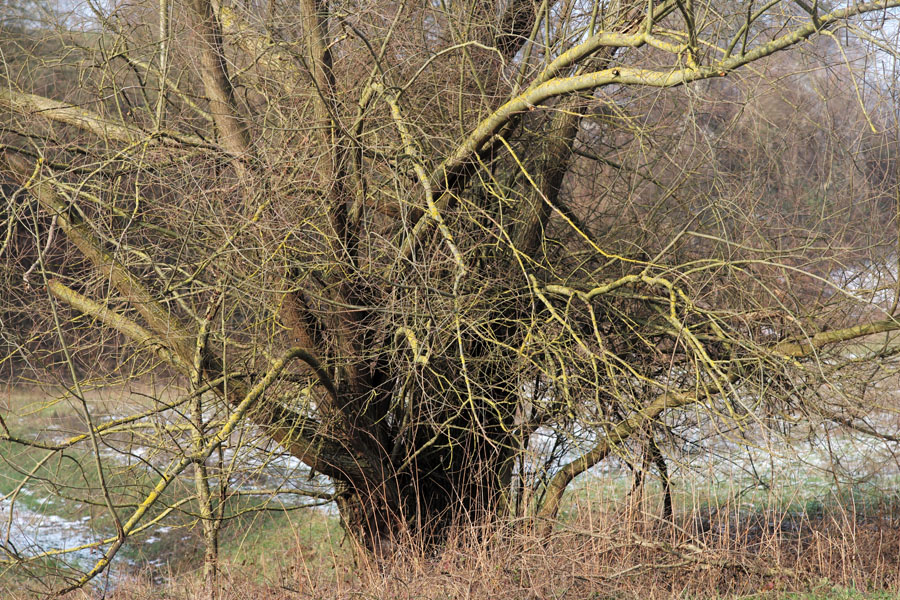 |
 |
|
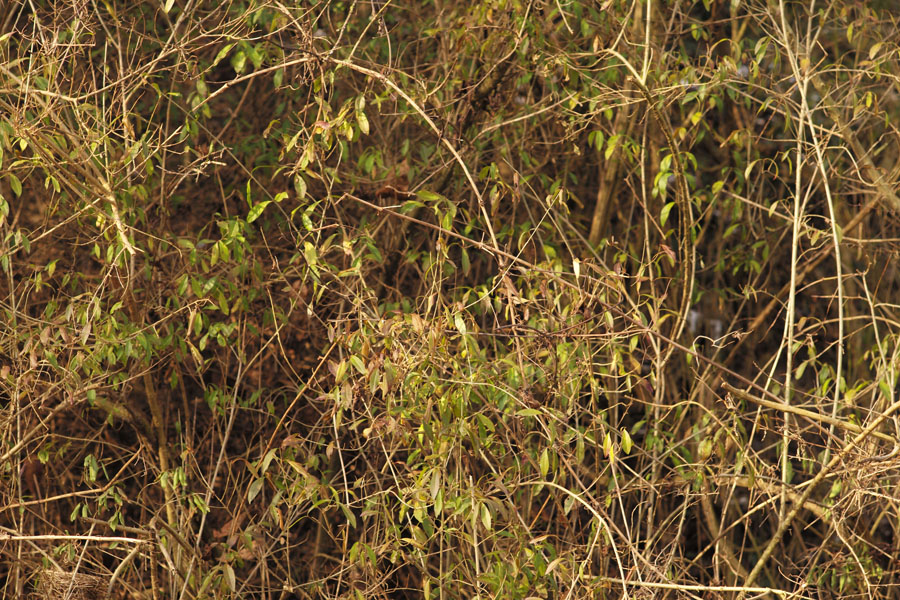 |
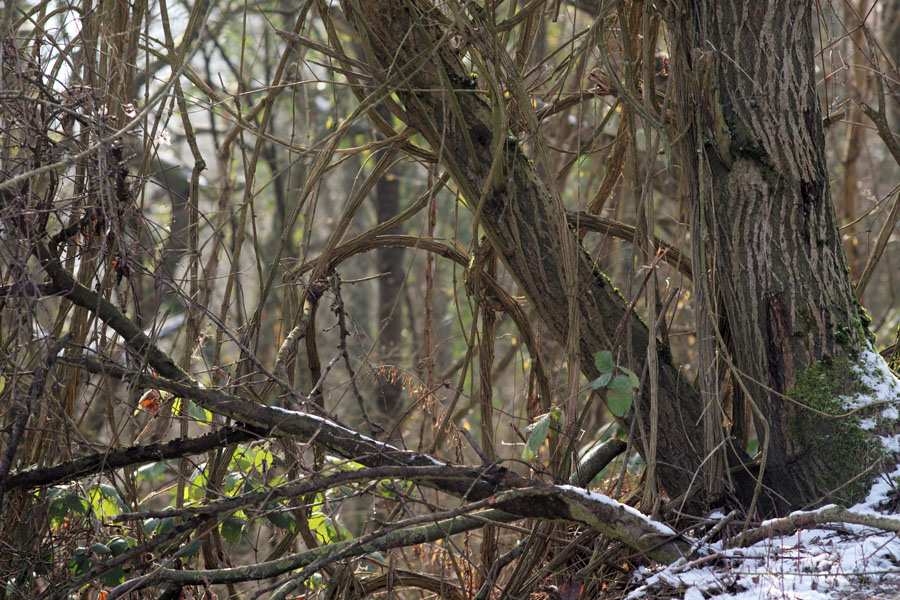 |
|
 |
 |
|
 |
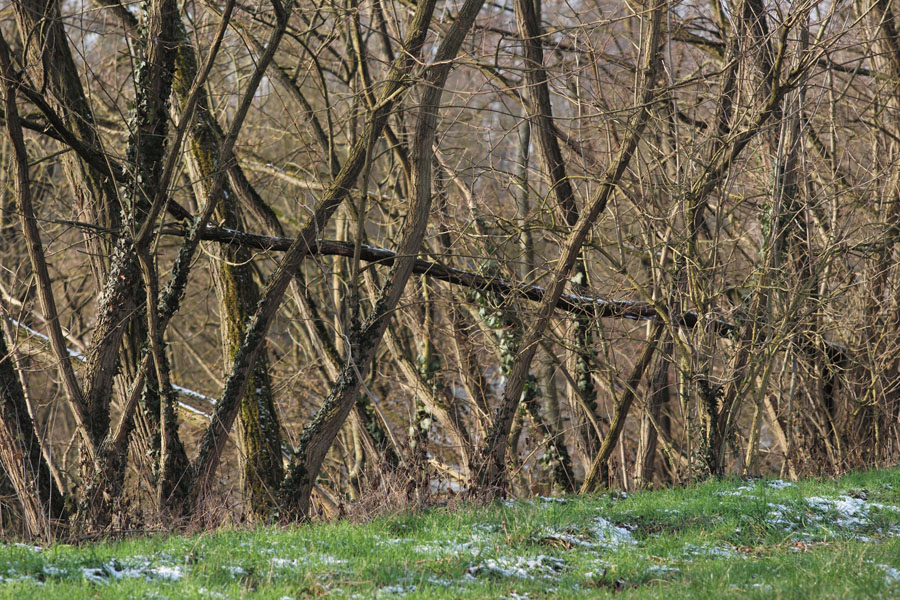 |
|
 |
 |
|
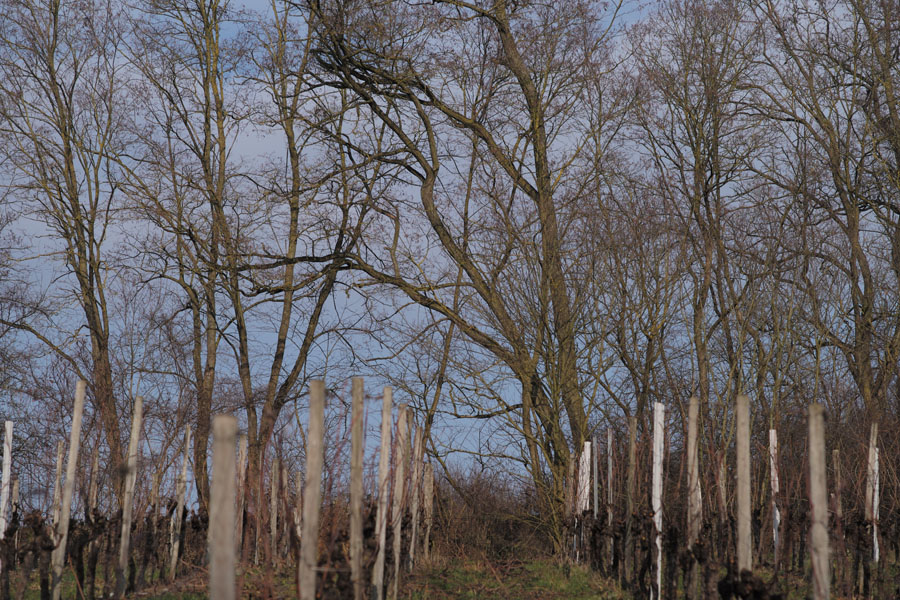 |
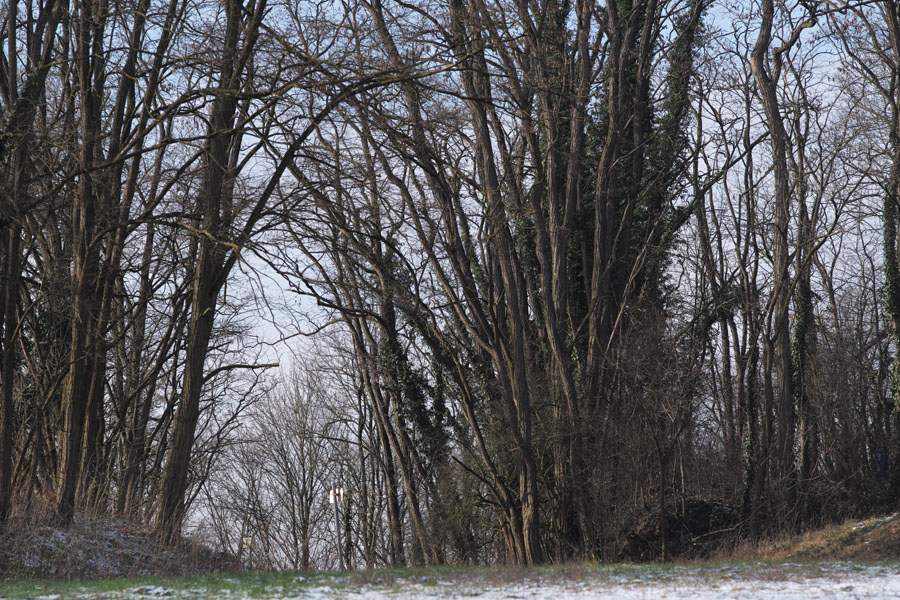 |
|
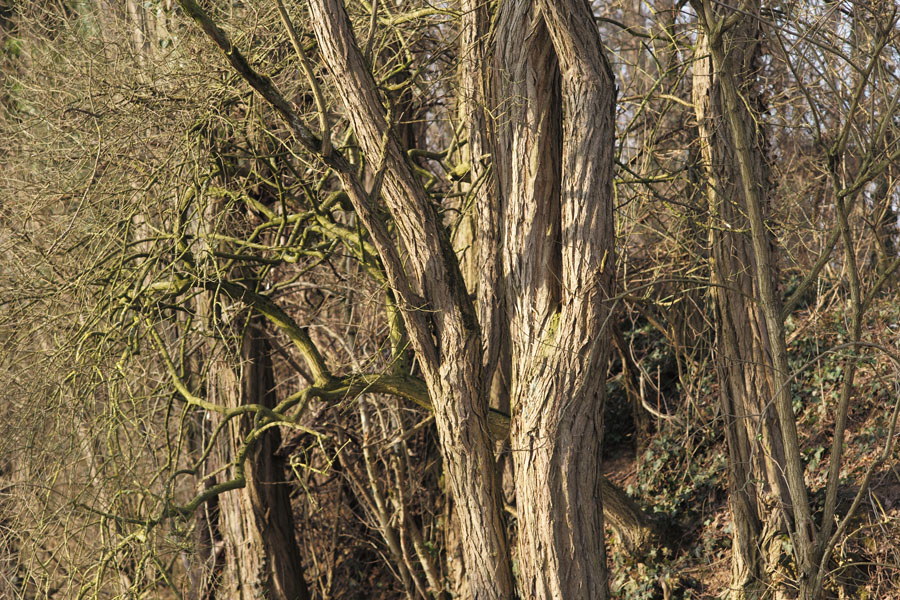 |
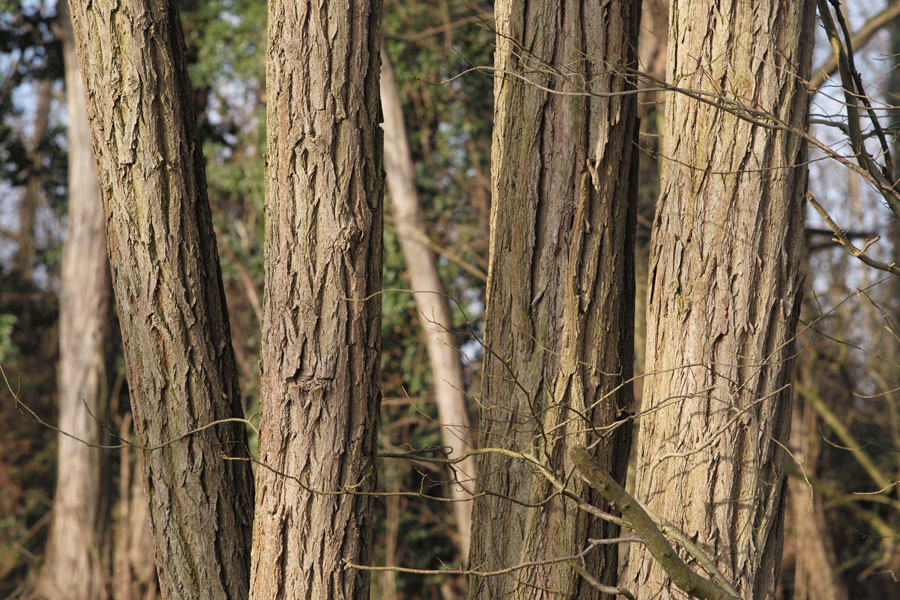 |
|
 |
 |
|
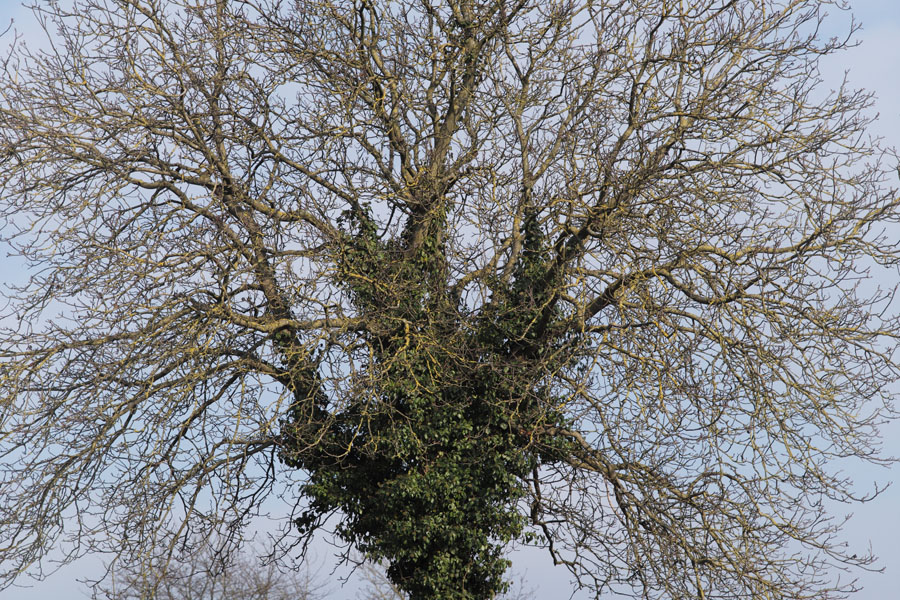 |
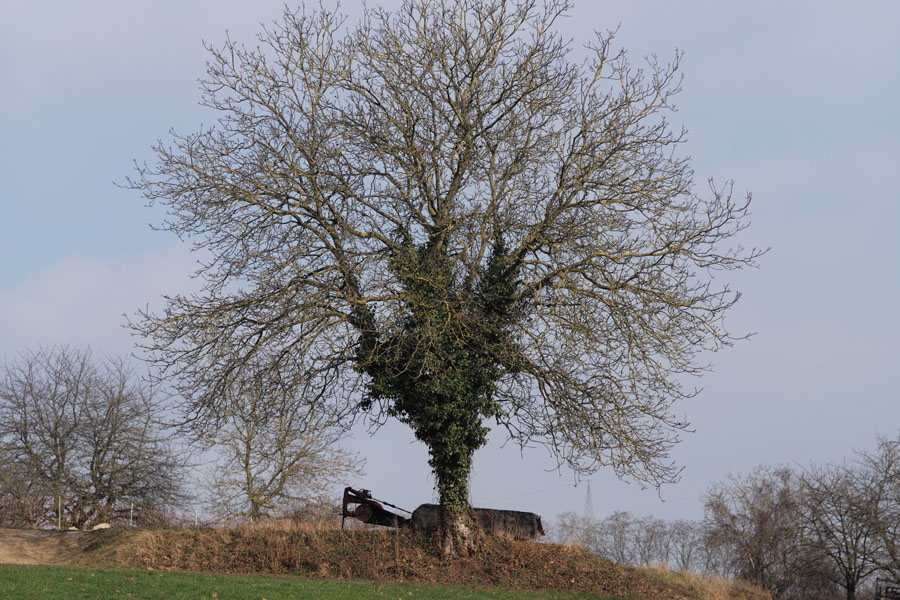 |
|
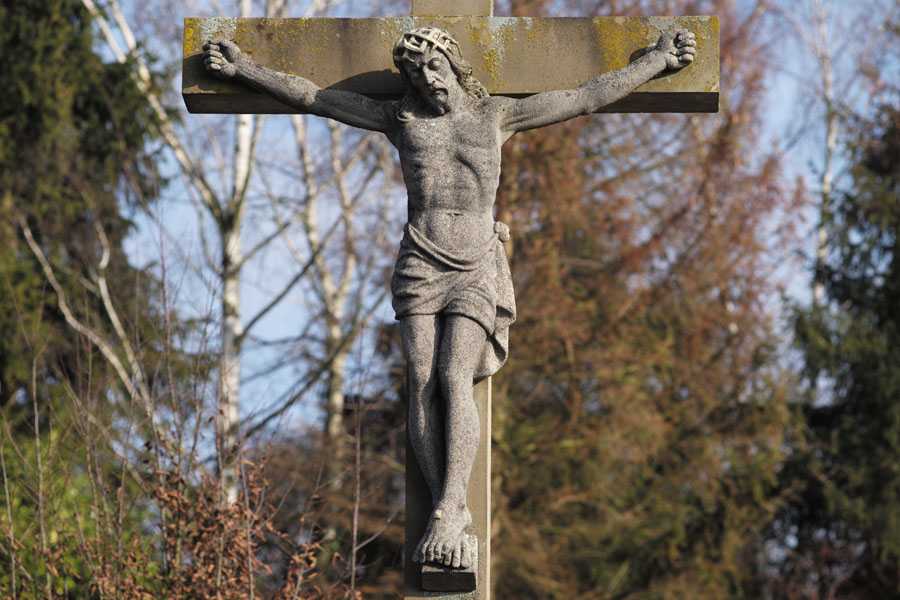 |
Close-Up Behavior
Smallest Object Field / Magnification
| Smallest object field/width | 330 m x 220 mm (Leitz), 368 m x 245 mm (calculated), 297 mm (from photo) |
| Magnification | 1:9.2 (Leitz), 1:10.3 (calculated) 1:8.3 (from photo) |
*) See photo below:

w = 297 mm; magnification = 35.8/297 = 1:8.3 (1:8.5)
Photo: Leitz Tele-Elmar 135mm f/4 lens (297 mm)
With Quenox Quenox Extension Tube for Leica
Distance > |
Infinity | 1.5 m (closest) |
Smallest object width |
482 mm* | 183 mm* |
| Magnification | 0.07 = 1:13.5 => approx. 1:13.5 | 0.20 = 1:5.1 => approx: 1:5 |
*) See photos below:
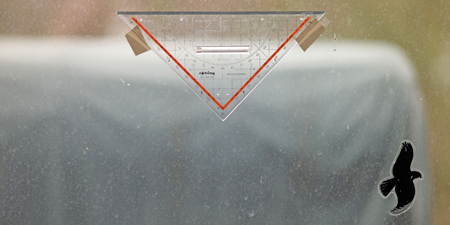 |
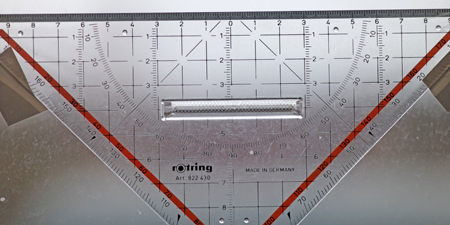 |
Photos: Test shots with Leitz Tele-Elmar 135mm f/4 and Quenox Extension Tube for Leica M; distance set to infinity (left) or closest distance (right)
Closest Distance
The following photos are meant to demonstrate the lens' close-up behavior:
 |
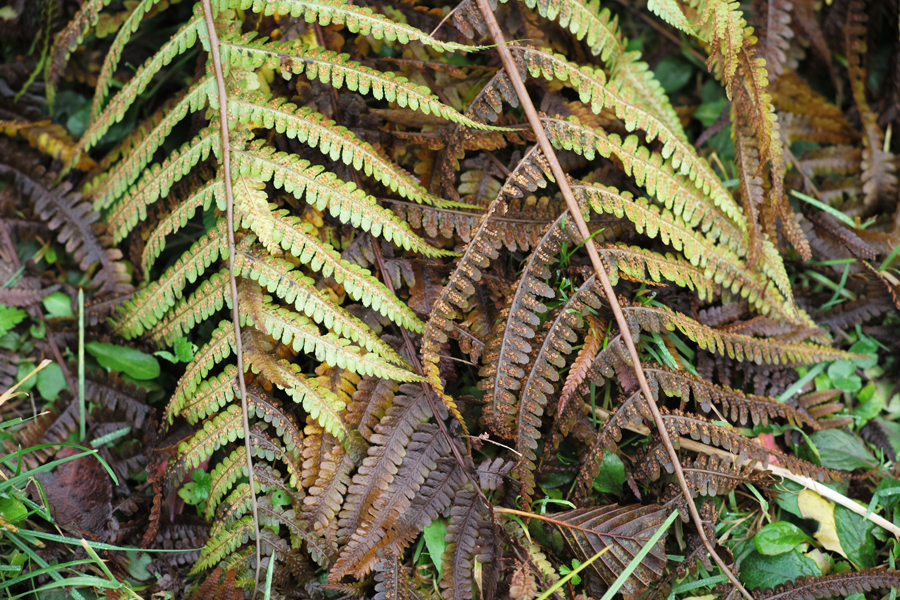 |
The Leitz Tele-Elmar 135mm f/4 lens is among the lenses that have the best close-up behavior. If you use an extension tube like the Quenox Extension Tube for Leica M, which is a replacement for the now "extinct" Leitz OUFRO (16469Y) (1 cm), this improves only if you set the distance to the shortest possible distance (1m) - at infinity it even gets worse. You get a magnification of up to 1:5 with this lens, which is a bit more than a postcard. In the end, this is not really worth the effort... Therefore, It did not take any demonstration photos with this lens and the Quenox extension tube.
Conclusions...
Disclaimer: I am not a lens expert who sees marked differences between various Leica and/or other lenses. I can check for soft corners, find differences in color rendition, and, in rare cases, may discover a "3D look", but that's all. Please regard therefore my conclusions as the verdict of a "layman".
The Leica Tele-Elmar 135mm f/4 has received favorable mentionings on the Internet, which is in contrast to its comparatively low price (around 500 EUR). Vignetting is fairly low wide open.
Manual focusing with this Leica tele lens, which is the longest one that you can get for the Leica M-mount (not true, there seems to be a 180 mm lens...), was difficult for me at the beginning. In the meantime, I am more successful with this lens. Perhaps, manual focusing is easier with the Leica M (Typ 240) than with the Ricoh GXR...
This lens is really heavy thanks to the all-metal construction, and it is also large... Thus, the smaller and lighter Elmar-C and Tele Elmarit-M lenses have an advantage at least in this respect.
Overall, I am quite pleased with the results that this lens produces, but I have to admit that it is the one that I use(d) the least...
Links
- Leitz Tele-Elmar 135mm f/4 at Ken Rockwell "Leica Lens Reviews" (scroll
to the lens): www.kenrockwell.com/leica/lens-reviews.htm#135
Review: Note that the review is based on an older version of the lens; my version (1965-1990) has not yet been tested by Ken Rockwell - A Lens Reborn? – The Leica 135 mm f/4 Tele-Elmar. Review on the Leica M9, by Ashwin Rao
- Tao of Leica by Edwin Puts – Older M Lenses (scroll down to Tele-Elmar 135mm f/4)
- 135 mm f/4 Tele-Elmar (L camera forum wiki): www.l-camera-forum.com/leica-wiki.en/index.php/135mm_f/4_Tele-Elmar
| 04.07.2024 |